Photography is full of odd terms, and aspect ratio is one of them. What is the aspect ratio? In simple terms, aspect ratio in photography refers to the relationship between the height of an image and the width.
The understanding aspect ratio will help you decide which format is best for your next photo project.
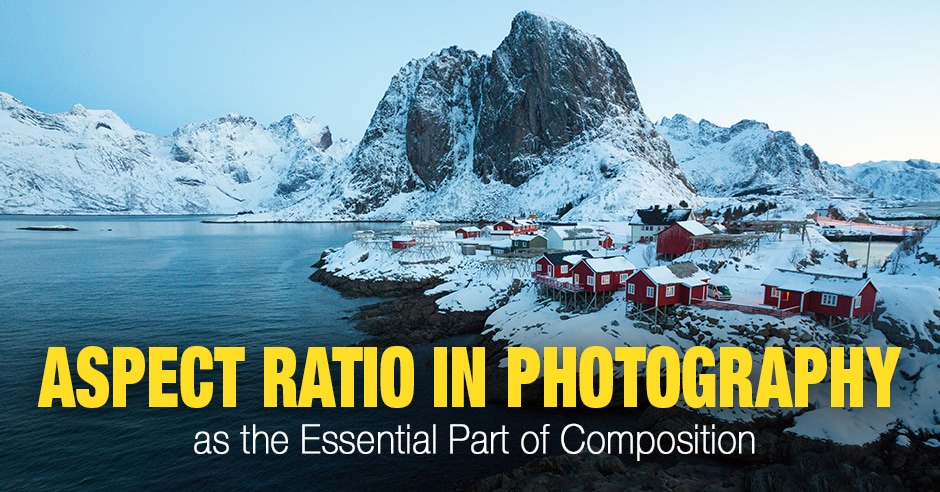
If you’re just starting out with photography, you probably haven’t even come across this important term unless you’re thinking about making prints. But aspect ratio is important for a variety of photographic endeavors, including posting online.
What is Aspect Ratio in Photography
In photography, aspect ratio is a proportional relationship between a picture’s dimensions, its width to height. The aspect ratio is represented as two numbers separated by a colon. A photograph with a 1:1 aspect ratio is a square. A 2:1 ratio would be a photo twice as wide as tall.
Understanding
Aspect Ratio in Photography
Aspect ratio might sound
complicated on its surface, but it really is a simple concept to understand.
Let’s break it down:
Every camera has a sensor in it. The sensor is a square electronic component deep inside of your camera body. The sensor’s purpose is to capture the light coming in through the lens and use that light to form a digital image.
Aspect ratio is primarily dictated by the sensor shape of the camera. Aspect ratio is taken from the width and height of the image that the sensor produces.
Aspect ratio in modern cameras originated from film photography. The most popular film format had dimensions of 36mm x 24mm, which is a 3:2 aspect ratio. As a result, most cameras currently use either 36mm x 24mm size sensors or a similar formula with the same 3:2 aspect ratio.
Most Common Aspect Ratios in Photography
There are a few aspect ratios that you’ll see
most commonly in the photography world. These are 3:2, 4:3, 1:1, and 16:9.
3:2 Aspect Ratio
3:2 is the most popular of the bunch,
prevalent in Full Frame cameras. This ratio is the one you see the most from
photographs that are uploaded right off of the camera.
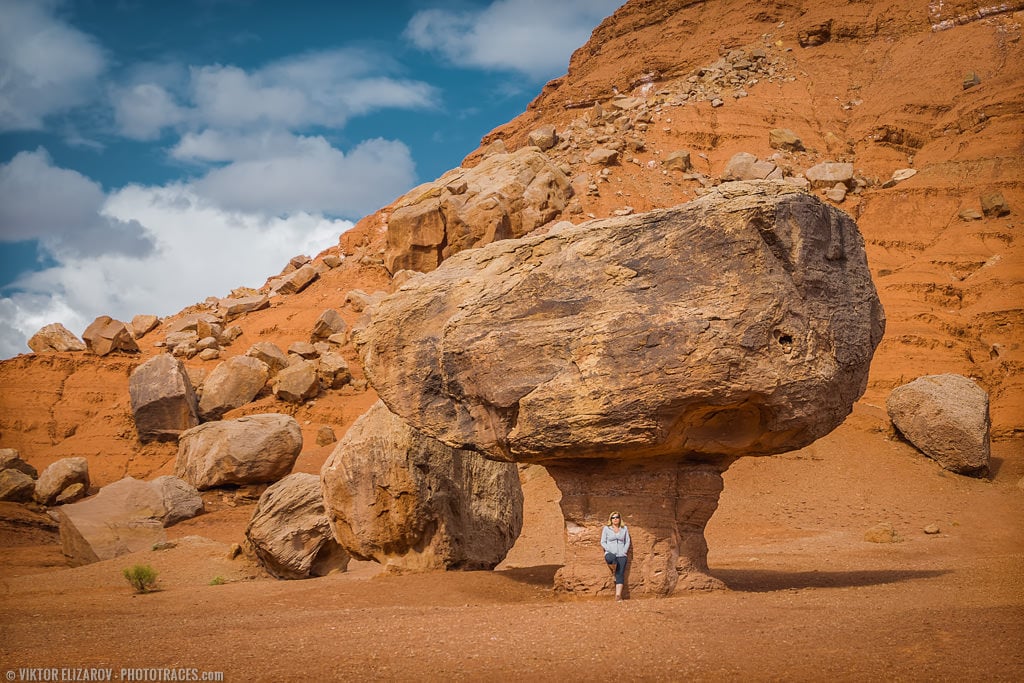
4:3 Aspect Ratio
4:3 is the ratio that is often found in
smartphones and small point and shoot cameras. You can also find this in a type
of camera called the Micro Four-Thirds camera.

1:1 Aspect Ratio
1:1 is a square. This is the aspect ratio of
Medium Format cameras. This aspect ratio became super popular in recent years
due to Instagram, which adopted the 1:1 ratio for their platform and only
recently added 3:2.

16:9 Aspect Ratio
Finally, the 16:9 ratio is traditionally known as a panorama. This is the standard for television content and much online video content.
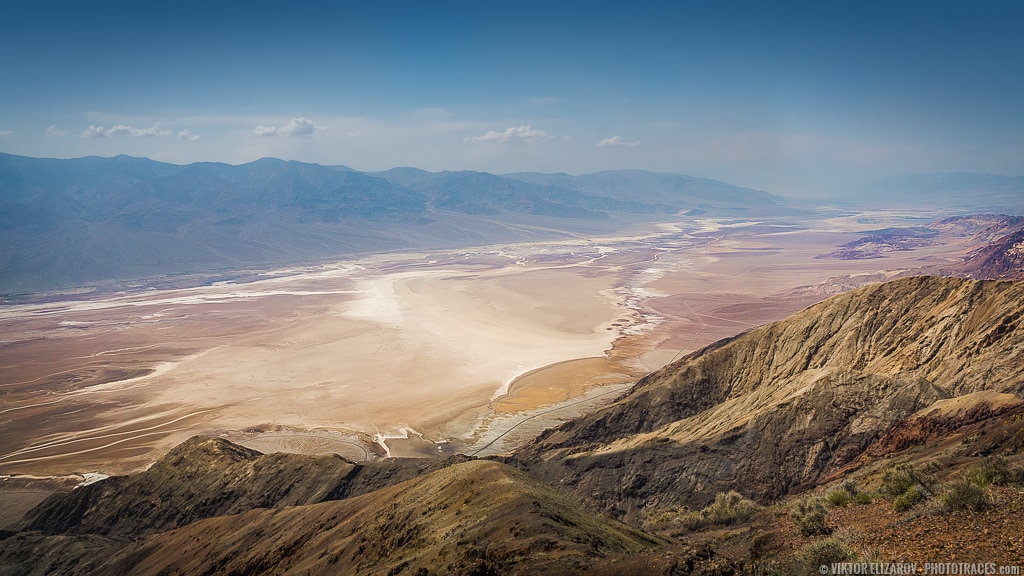
Why Should You Care About Aspect
Ratio?
Aspect ratio in photography is important for a few different things. Choosing the right aspect ratio is vital in ensuring that wherever the photograph ends up, it looks correct.
If you’re making a print, knowing the size of the print will tell you what aspect ratio you need. For example, an 8×10 print is a different aspect ratio than a 4×6 print. A photo with a 3:2 aspect ratio can only be printed in 4×6, 8×12, or 10×15. A photo with a 1:1 aspect ratio can be printed as a 12×11. A photo with a 4:3 aspect ratio can only be printed in 6×8, and so forth.
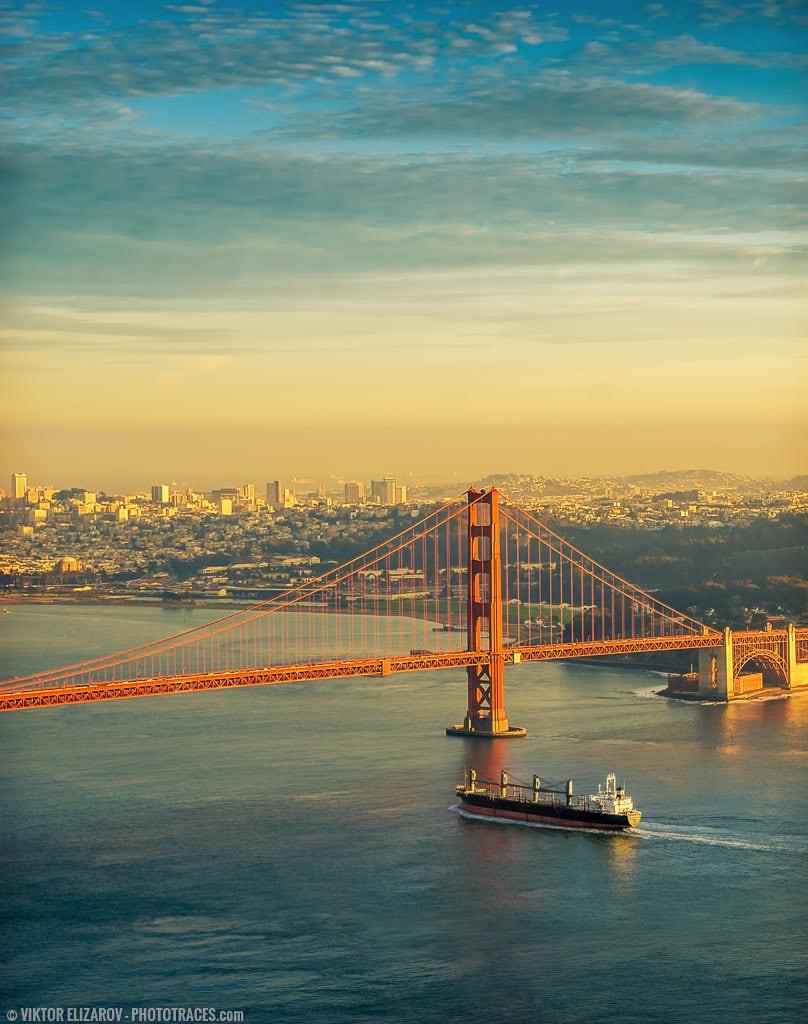
Keep in mind that many common print sizes
don’t actually coordinate with common photography aspect ratios. Sometimes
you’ll get a weird one like 5:7 aspect ratio for a print. The best way to
tackle this is to photograph with enough space to crop into the aspect ratio
you need (but we will tackle cropping further down in this article).
If you upload online, aspect ratio makes a difference here too. Each social media platform has its own aspect ratio that it adheres to, if you photograph an image outside of that ratio, it may not look right when uploaded.
Aspect Ratio and Composition
Composition refers to the arrangement of
elements in a frame. How you place your subject in relation to the subject’s
surroundings is composition.
Aspect ratio goes hand in hand with composition as aspect ratio gives you the size of the frame and the composition utilizes that frame size. If you’re given an image that is square (1:1 aspect ratio), you will compose your photograph differently than a rectangular aspect ratio of 3:2.
Related: Understanding Rule of Thirds in Landscape Photography
Sometimes, this works in reverse and
composition actually determines your aspect ratio. If you’re shooting a
landscape and composing the picture horizontally, you’ll find that you may be
altering your aspect ratio to either 3:2 or a panorama of 16:9. If you’re
taking a vertical photograph, you may change your aspect ratio to 4:3 to better
accommodate the composition of the picture.
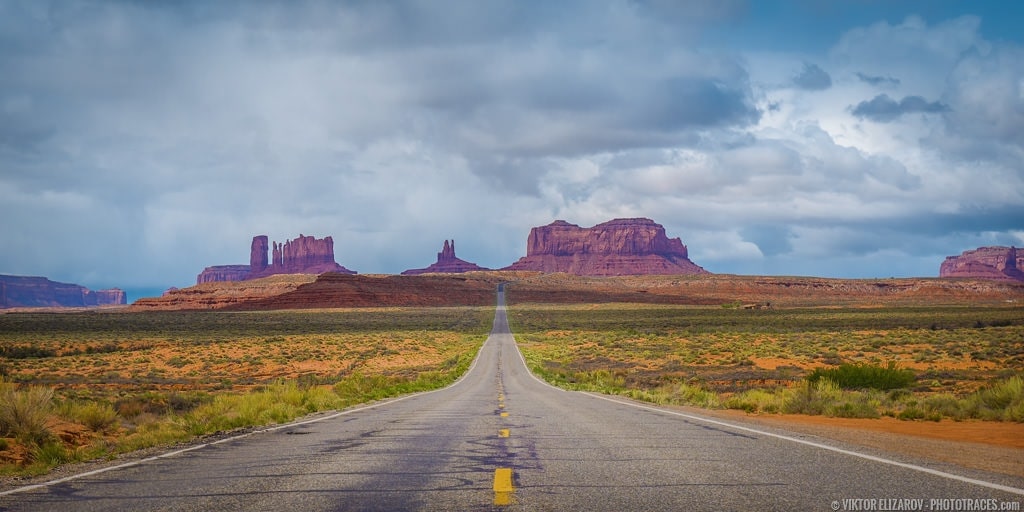
How to Change the Aspect Ratio in the Camera
Now that we’ve discussed what aspect ratio is-
is it possible to alter the aspect ratio? Absolutely! The awesome thing about
digital and mirrorless cameras is that changing the aspect ratio is possible in
the camera.
You can’t change the shape of the sensor (I don’t recommend opening it up and slicing the size, ha). What you can change is how much of the sensor is used when taking a picture. In the Settings and Menu of most new digital or mirrorless cameras, you can select what aspect ratio you want to photograph in. This then tells the sensor to only use the parts of it that correspond with the ratio.
There is a downside to this, however. By not using the whole sensor, you are losing pixels. Pixels are small units of information that make up a picture. The fewer pixels you use, the less capability you have of editing your picture.
Basically, setting the aspect ratio to smaller
than what is the default on your camera can limit you when editing. Unless
you’re certain without a shadow of a doubt that the aspect ratio you select is
the one you are going to stick to, I suggest changing the aspect ratio in
editing rather than in the camera.
How to Change the Aspect Ratio in Post Processing
My suggestion is to change the aspect ratio in
post processing rather than in the camera. This gives you the flexibility to
control the composition and change your mind if you decide you no longer want
to use a specific aspect ratio.
There are hundreds of photo editing software out on the market. The industry standard is Adobe Lightroom and Adobe Photoshop, but plenty of others exist with similar capabilities. Even some cell phones have this option in their default photo editing programs.
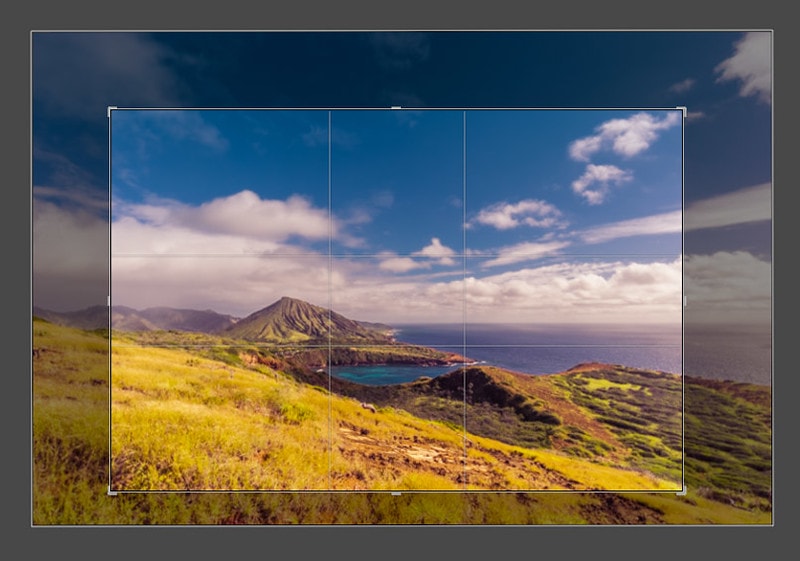
Whatever program you use, when you select “Crop”, there should be a drop down menu that asks you what aspect ratio you’d like to set the cropping tool to.
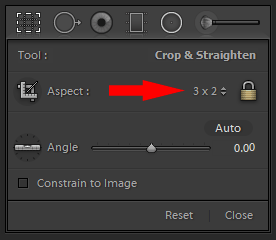
In Adobe Lightroom, just click the Crop icon and select an aspect ratio from the list provided. These options include 1×1, 4×5/8×10, 8.5×11, 5×7, 2×3/4×6, and custom amounts.
What is the Best Aspect Ratio for
Prints?
The best aspect ratio for prints is whatever
size you choose to print. Remember, each aspect ratio can fit multiple size
prints that fit within that ratio. 3:2 is the most common, and has a slew of
print sizes that fit, such as 8” x 12”. Here is a list of common print sizes
and their aspect ratios:
- 4” x 6” = 3:2
- 5” x 7” = 7:5
- 8” x 10” = 5:4
- 20” x 30” = 3:2
Aspect Ratio Print Size Chart
The aspect ratio is the relationship between the width and height of the final print; it’s expressed as a ratio (e.g., 3:2″ is 2:1). The size of the print, like any other object, is measured in inches or millimeters.
Below is an aspect ratio print size chart with various ratios and their corresponding print sizes for reference.
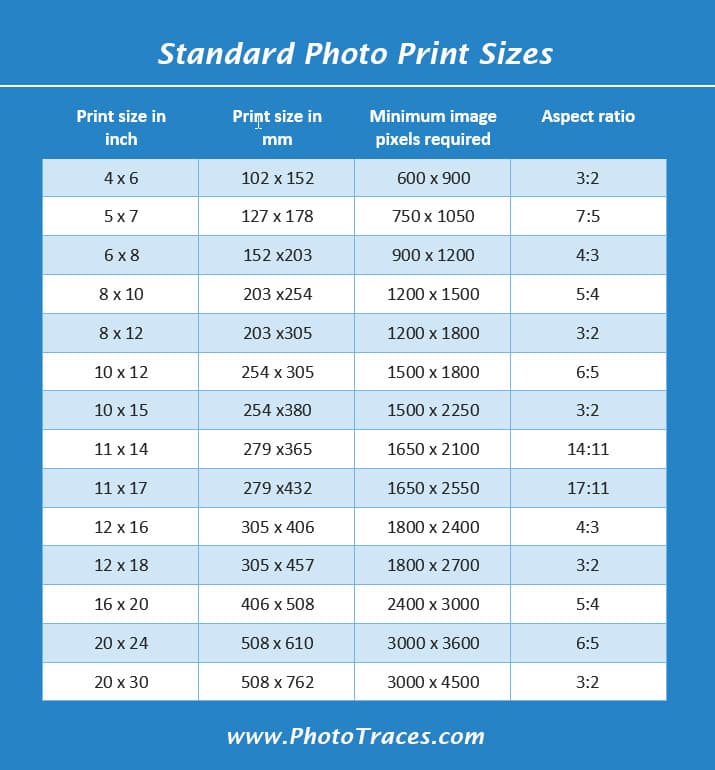
What is the Best Aspect Ratio for Instagram?
Social media platforms change their specifications all the time, but Instagram has stayed fairly true to its original 1:1 medium format aspect ratio. As of recent, Instagram now has an expandable option (seen by two arrows at the corner of your image when in the uploading screen).
See also: Understanding Lightroom Export Settings for Instagram
When viewing Instagram profiles, the aspect
ratio of all images is 1:1.
When entering an expandable mode for horizontal images, Instagram recommends posting photos using an aspect ratio of 1.91:1. However, there is enough wiggle room in expandable mode to have an aspect ratio of up to 16:9.
With vertical images, there is no wiggle room
and the aspect ratio is 4:5, another otherwise will be cropped.

What is the Best Aspect Ratio for Facebook?
Facebook has a variety of aspect ratios for
its different image uploading uses.
- For profile images (both personal and business pages), the ratio is 1:1.
- For cover images (on both personal and business pages), the ratio is 16:9.
For images posted to the feed, you can range
in aspect ratio between 9:16 to 16:9. I’ve found that there is no real ideal,
Facebook tends to adhere to whatever your aspect ratio is so long as it stays
between 9:16 and 16:9.
If you are a photography business that is
launching advertisements, these are the following best aspect ratios:
- For feed placements: Square 1:1 for images and vertical 4:5 for videos.
- For stories placements: Vertical 9:16
- For video carousel format: Square 1:1
- For in-stream video: Horizontal 16:9
- Audience Network placements: Vertical 9:16
What is the Best Aspect Ratio for Pinterest?
Pinterest is a bit simpler than the other social media, its recommended aspect ratio is 2:3 aspect ratio. You can pin a variety of sizes, but 2:3 is optimal.
Final Thoughts on Aspect Ratio in Photography
In conclusion, be attentive to your aspect
ratio as that will aid you when composing your photograph, printing your
masterpiece, or sharing your photographic eye with the world!


